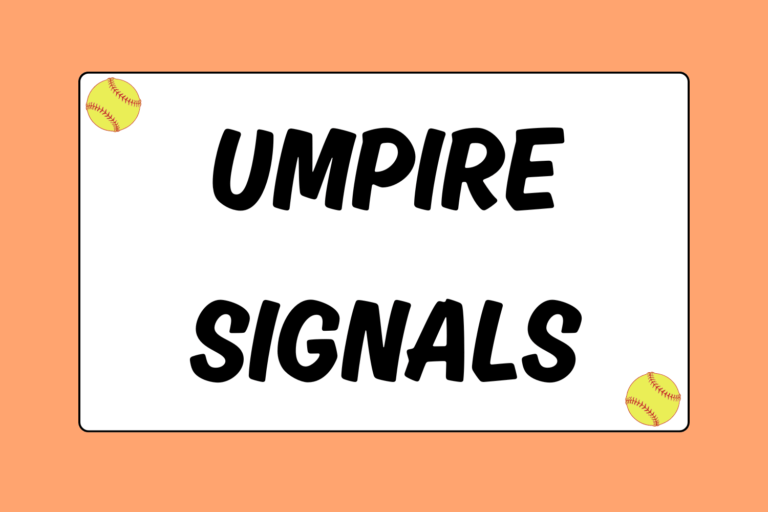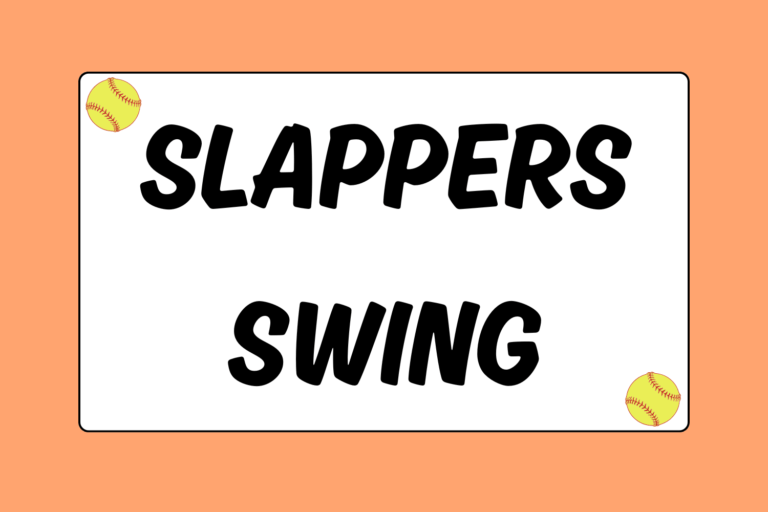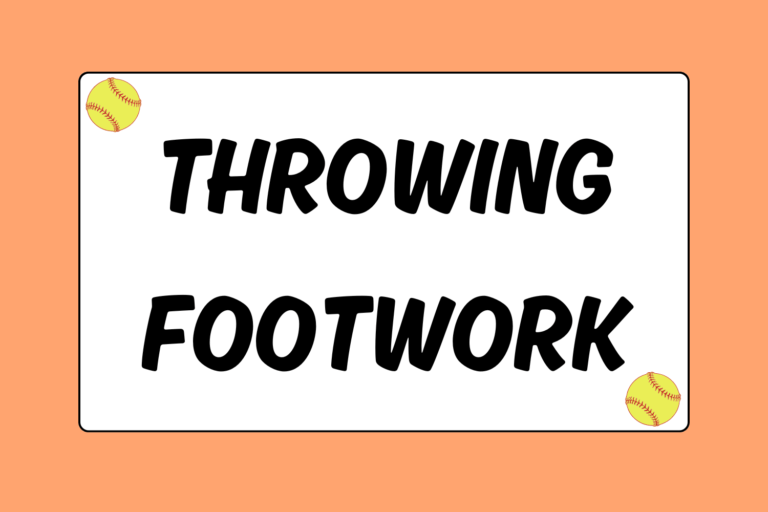Imagine that you are playing second base and there is a runner on first with less than two outs. The ball is hit right to you. Without hesitation, be ready to turn a wicked double play. However, it’s not as easy as it may seem. You have to consider how hard the ball is hit to you, where the ball is hit (glove-side or backhand-side), how close you are to second base when you field the ball, and how well you trust your shortstop — and everything has to be decided within a microsecond.
Are you ready? If you’re hesitant, you need not worry. This softball guide will explain the skills you need to turn a highlight-worthy double play from second base.
The Second Baseman Fields It
When the ball is hit to the second baseman, the shortstop covers the bag. How it’s fielded by the second baseman, though, is determined by the direction and speed of the grounder.
Hard Hit to the Second Baseman
If you are the second baseman and the ball is hit directly at you, stay back and wait to catch it on the long hop (it will be the easiest). Field it regularly and then pivot your upper body and feet towards second base. Step with your glove-side foot and feed the shortstop a smooth, underhanded toss.
If the ball is hit to your glove side, ideally you want to be quick enough to move your body so that you can still field it in front of you. However, since you will have taken a few steps to your left, you will be farther away from the bag. Jump and turn your body (at the same time) to face second base. When you land, your feet will be perpendicular to the second base line. Then, make a quick, accurate throw.
Your other option is to field it, stay low, and then kneel on your glove-side knee to snap the ball to the shortstop. You still have to pivot your body, but you’ll be able to do it while you are getting down to your knee.
Hot Tip: Give a Good Feed
You will ruin the play if you can’t feed your shortstop with an accurate toss. Know how close you are and be aware of how hard you toss the ball. There is absolutely no reason to fire it at her — the only thing that will do is scare her. Give her an accurate toss with a quick snap and follow through. You want to toss it right on target where her glove is. Remember, she’s moving across the base as you feed her, so there’s not much margin for error.
Hard Hit to the Second Baseman’s Right
If you are playing second base and the ball is hit to your backhand, go with it. That is, follow it to second base. Below is the approach you should take on these types of grounders:
- Stay low: The key to completing this play is staying low and bending your knees.
- Field it: In this particular situation, you do not have to re-square your body to the ball when you field it. Instead, field it on the go and in front of your body (you don’t want to have to reach for it). Remember to turn your wrist to field it correctly.
- Make an underhanded toss: To finish the play, simply make an underhanded toss to the shortstop (who is at second base). You will have already fielded it with two hands, so simply reach in and grasp the ball then toss it to the shortstop. Make sure it’s on target!
- Follow through: The easiest way to ensure the feed is on target is to follow through. Simply continue your momentum towards second to follow your throw. (But don’t get in the way!)
If the grounder is a hard hit up the middle on your side of the bag, dive for it! Remember that your first priority is fielding it. In this scenario, make the dive, and then toss it up to the shortstop. If you are constrained by time, stay on the ground and make an upward toss. If you have a few extra seconds, get up to your knees before making the toss for better accuracy.
Hard Hit to the Second Baseman’s Left
If the ball is hit to your glove side, you have to judge whether it’s close enough to simply turn your body back towards the bag, or far enough that you have to step through and throw. If you can’t get to the ball fast enough to get your entire body behind it (squared to it), the easiest way to complete the play is to continue stepping through with your right leg.
- After you’ve fielded it, stay low and step through with your right leg. Simultaneously bring your glove to about shoulder-height and grip the ball with your throwing hand.
- As your right leg lands, shift your body weight to that leg, and bring your throwing arm back to throw (this will be a side-armed toss).
- Take a step with your right foot towards second base and throw. Because this will likely be a side-armed throw, make sure you practice it and get comfortable with it before game day.
Hot Tip: Slow Rollers & Divers
If you find yourself coming in past the pitcher to field a slow roller, you likely won’t have a chance to make the double play. In this case, give up on the lead runner and throw to first — you’ve got to get at least one out.
If you get a hard hit to your glove side that you have to dive for, make it your priority to stop the ball. Dive and catch it, then toss it up to first base (staying on the ground is okay if you don’t have the time to get up to your knees).
The Shortstop Covers
As the shortstop, you can’t just stand on the bag and stay there to throw the ball. You won’t have momentum on your throw and you’re a sitting duck for the runner sliding into you. What you want to do is actually slide over the bag as you cross it. You will aim for the back corner of the bag and then slide your foot over it as you catch the ball. Sound a little confusing? Don’t worry; it takes some time to master, but it’s not a complicated skill. To make it a little easier, below is a step-by-step preview of what to do:
- Wait behind the bag & keep your feet moving with your glove up: There is no use in you staying on the bag and trying to throw flat-footed with no momentum. Focus on waiting behind the bag with your hands ready and your feet moving (in place). This will also make it easier to catch off-target throws.
- Receive the throw as you are coming across the bag: You want to time your approach so you receive the ball as you come across the bag. However, you don’t want to have to look down at the bag — you want to be able to feel it. Get comfortable with where you are because you’ll be doing the next steps blindly.
- Step forward with your left leg: As the ball approaches your glove, step towards first base with your left leg. You will step just along the right field side of the bag.
- Catch & slide your right foot: As you catch the ball, slide your right foot along the backside of the bag. Use your instep to make contact with the bag.
- Throw: As you slide your back foot along the bag, you’ll be essentially stepping towards your target. Once you are done sliding and your back foot lands, take a quick step with your right foot and throw (very similar to taking a shuffle step in the infield).
Turn Two!
If you get a double play ball, have your mind set that you are going to make the play. Constant communication among middle infielders will ensure you’re both on the same page. Be confident in your approach and accurate in your execution. And don’t worry if it takes a while to feel comfortable with these techniques — they take patience! For tips on how to turn the double play from the shortstop, check out our guide on How to Turn a Double Play from the Shortstop to Second Baseman in Softball. Practice will make you better so make sure you’re setting aside some time, and soon you’ll be turning two like a pro.





